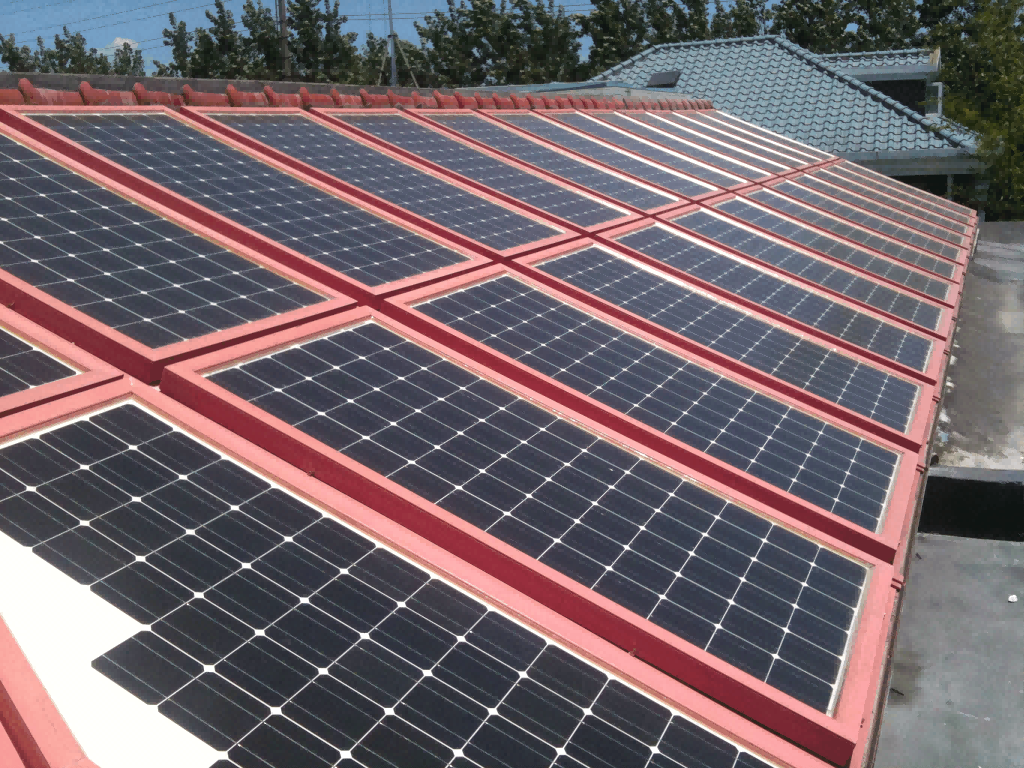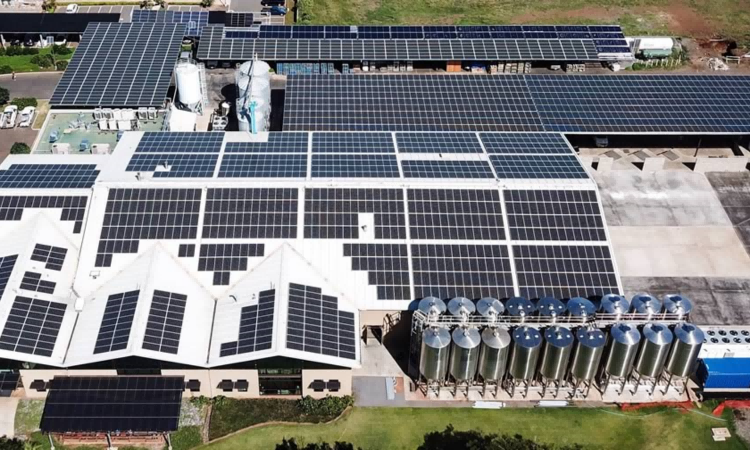
Dez . 13, 2023 09:21 Zurück zur Liste
Microgrid definiert: Was ist Microgrid?
A microgridas defined by Microgrid Knowledgeis a self-sufficient energy system that serves a specific geographical areasuch as a college campushospital complexbusiness centeror neighborhood.It incorporates various distributed energy resourcesincluding solar panelswind turbinescombined heat and powerand generatorsto generate power.Additionallymany microgrids now include energy storagetypically through batteriesand some even have electric vehicle charging stations.These microgrids are interconnected to nearby buildings and provide electricityand in some casesheat and coolingto their customers through advanced software and control systems.
What makes microgrids unique are their three key characteristics.Firstlymicrogrids are locally focusedmeaning they generate energy for nearby customers.This sets them apart from large centralized grids that transmit electricity over long distancescausing inefficiencies and energy loss.By generating power close to those it servesmicrogrids overcome these inefficiencies.They can have their generators installed near or within buildingsor in the case of solar panelson rooftops.

Zweitens sind Mikronetze in der Lage, unabhängig vom zentralen Netz zu arbeiten. Diese Inselfähigkeit ermöglicht es ihnen, ihre Kunden bei Ausfällen aufgrund von Stürmen oder anderen Katastrophen mit Strom zu versorgen. Das zentrale Netz, insbesondere in den USA, ist aufgrund seiner umfangreichen Übertragungs- und Verteilungsinfrastruktur anfällig für Ausfälle Leitungen, die sich über Millionen von Kilometern erstrecken. Der Stromausfall im Nordosten von 2003 veranschaulichte die Verwundbarkeit des zentralen Stromnetzes, als ein einzelner Baum, der auf eine Stromleitung fiel, weitreichende Stromausfälle verursachte. Die Inselbildungsfähigkeit von Mikronetzen verhindert solche kaskadierenden Ausfälle und sorgt für eine unterbrechungsfreie Stromversorgung.
While microgrids can function independentlymost of the timethey remain connected to the central gridforming a symbiotic relationship.Howeverin remote areas or regions with an unreliable central gridmicrogrids may act as standalone systems.The advanced microgrid systems are equipped with an intelligent microgrid controllerwhich serves as the central brain of the system.This controller manages the generatorsbatteriesand nearby building energy systems with a high level of sophistication.It orchestrates various resources to meet the energy goals established by the microgrid's customerswhether it's achieving the lowest pricescleanest energyor superior electric reliability.

The microgrid controllerbeing a software-based systemcan manage energy supply in multiple ways.For instanceit can track real-time changes in power prices on the central gridas wholesale electricity prices tend to fluctuate constantly based on supply and demand.If energy prices are inexpensive at a given pointthe controller may decide to buy power from the central grid instead of using energy from its own resources.It could direct the microgrid's solar panels to charge its battery systems.Converselywhen grid power becomes expensivethe microgrid may discharge its batteries rather than relying on the central grid.This intelligent management of resources adds complexity and nuance to microgrid operationsfurther enhancing their efficiency and performance.
It is important to understand what a microgrid is not.Some people mistakenly refer to a simple distributed energy systemsuch as rooftop solar panelsas a microgrid.Howeverthe key distinction lies in the ability of a microgrid to continue providing power even when the central grid failswhich a standalone solar panel cannot do.Similarlysimple backup generators used in emergencies are not classified as microgrids.Microgridson the other handoperate 24/7/365 and actively manage and supply energy to their customers.
Microgrids have been in existence for several decadesprimarily utilized by college campuses and the military.Thereforethe total number of microgrids is still relatively small but is steadily growing.Market forecasts by Guidehouse (previously Navigant) project that the microgrid market will approach $39.4 billion by 2028.The installation of microgrids is expected to accelerate as the cost of distributed energy resources decreasesand concerns about electric reliability due to severe stormscyberattacksand other threats continue to rise.The global microgrid capacity is predicted to reach 19,888.8 MW by 2028a significant increase from the 3,480.5 MW recorded in 2019.As microgrids become more mainstreamthey offer a reliable and efficient solution to meet the energy needs of localized areas and enhance the resilience of the overall energy system.
Verwandte Produkte:
Elektrochemischer Energiespeicher FlexPIus-EN-512
Wird bei Verstoß entfernt
Referenz-Website:https://www.microgridknowledge.com
-
Wireless DC Charging: The Next Frontier in Contactless EV Power Delivery
NachrichtAug.04,2025
-
Hybrid BMS Energy Controls: Integrating Renewable Energy Sources
NachrichtAug.04,2025
-
Blockchain for Secure and Decentralized EMS Power Systems
NachrichtAug.04,2025
-
AI-Driven for Smart Grids: Energy Management System (EMS)
NachrichtAug.04,2025
-
Advanced Distribution Management System (ADMS) Energy
NachrichtAug.04,2025
-
5G-Enhanced BMS Energy Savings: Ultra-Low Latency Control
NachrichtAug.04,2025























